Rare Rides Icons: The Lincoln Mark Series Cars, Feeling Continental (Part XL)


Here we are, the 40th installment in the Lincoln Mark series cars. After the debut of the exciting new Continental Mark VII in 1984 heralded the arrival of modern styling and a Luxury Sports Coupe (LSC) trim, Lincoln’s management made minor trim alterations in 1985 before Big Time Changes in 1986.
As we learned in our last entry, both Designer Series trims of the 1984 Mark VII were shades of brown. Golden brown for Bill Blass, and dark brown for Versace. In 1985 someone decided there should be a different colored Designer Series, and a new scheme for the Versace was introduced. In the nautical way Bill Blass used to dress his Marks, the ‘85 Versace was Navy Clearcoat Metallic with coordinated blue and silver pinstriping. Standard on the Versace’s interior was Admiral Blue leather, which was alternatively available as cloth with leather bolsters.
The Bill Blass also had a new color scheme, but it would take a discerning attention to detail to notice. Finished in a less intense gold color in 1985, the official Blass scheme was again two-tone, in Silver Sand Clearcoat Metallic up top, and Burnished Pewter Clearcoat Metallic under the chrome door trim. Two-tone pinstriping appeared once more, as did the gold tone wire wheels. Inside, a revised shade of Carob Brown covered most surfaces with dead cow. Alternatively, exclusive to the Blass was the same color in a new Ultrasuede. There was no cloth interior available on the Blass in 1985.
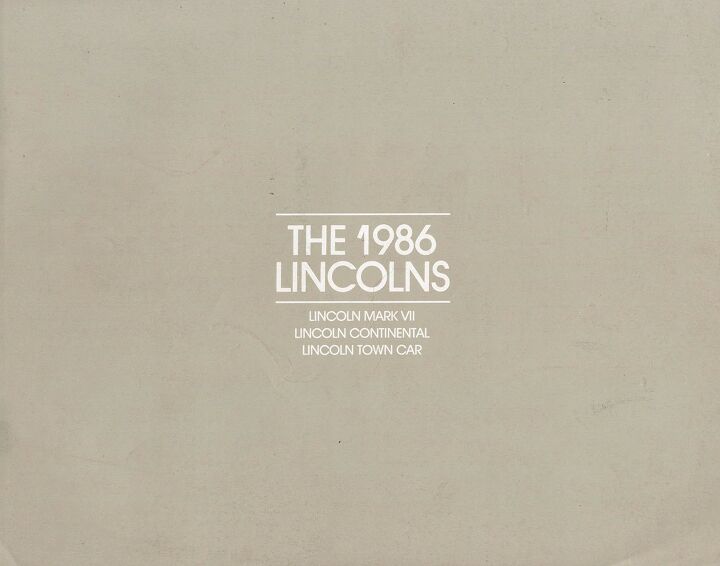
More substantial changes occurred in 1986, most notably with the Mark’s branding. Ending a tradition that began with the Continental Mark III of 1968, the Mark VII was no longer branded as a Continental, but rather as a Lincoln. Marketing reflected the Lincoln Mark VII, Lincoln Town Car, and Lincoln Continental. It was an historical moment, as exclusive Continental sub-brand was dead. VINs on the Mark VII changed accordingly, with the first three digits 1LN, which signified a US-made Lincoln. All 1968 to 1985 Marks wore 1MR VINs, for Continental.
Alongside new branding were some trim changes for 1986. It was time to thin out the Designer Series offerings once and for all, make the LSC more special, and push the Mark toward sports coupe territory. The first victim of consolidation was the Gianni Versace Designer Series, as it was always less popular than the Bill Blass.

As the sole remaining Designer Series option from 1986 onward, the Bill Blass persisted with very slight changes to brown earth tone theming. The upper paint color that year was Sandalwood Clearcoat Metallic, with Dark Sandalwood Metallic paint down below. Interiors were finished in Sand Beige; likely few noticed the difference in hue. Wire wheels were again standard on the Bill Blass, but were no longer gold tone.
Speaking of wheels, there was one style deletion and one new option for 1986. The LSC still wore its unique cast aluminum wheels, while cast aluminum road wheels were fitted to the base Mark VII. The wire wheel of the Blass was optional on all Marks except the LSC that year. Gone was the forged aluminum disc wheel, and in its place was a new and unusual space age geometric cast aluminum wheel. Certainly an attempt to look less traditional, your author has never seen a Mark VII fitted with the geometric wheel design.

Removed from the options list was the thrifty and slow BMW diesel engine, which had a very low take rate. It was almost self-fulfilling, as each Mark VII trim was advertised with the 5.0 as standard: Only in the small print of the brochure was the BMW diesel advertised. As the model leaned into performance, changes were made to the LSC in 1986 to better differentiate it from the other trims.

Analog gauges were a sure sign of serious performance in LSC, as the full digital dash was relegated to other trims. Additionally and exclusive to the LSC was uprated performance via new electronic fuel injection. The exciting technology meant 200 horsepower and 285 torques. Those figures were much more impressive than the 150 horses and 270 torques of all other Marks in 1986.

1987 was an in-between year for the Mark VII, and there were limited changes to the lineup. Of primary interest was a new shade of tan for the Bill Blass, as the trim ventured ever further from the gold it debuted in 1984. Monochromatic for the first time this generation, the ‘87 Blass presented in Prairie Mist Metallic.

The Sandalwood exterior of the 1986 Blass moved to the interior, and seats featured Dark Prairie Mist accent piping. The interior color was indicative of the growing lack of emphasis on the remaining Designer Series car, as Sandalwood was an available interior color on every other Mark that year.

In other swaps and edits, the forged aluminum disc wheel must’ve been missed by some customers. It returned in 1987, as the single-year geometric wheel disappeared. Wheel options were down to three: the LSC’s forged wheel, the standard forged disc wheel, and the wire wheel of the Blass.

As sales continued to falter, Lincoln continued to make annual changes to the Mark VII. More features were fitted as standard in 1988, but there was additional trim consolidation. The unnamed base model was deleted that year, which left Bill Blass and top-tier LSC on offer. Lincoln hoped they’d satisfy the (ever-shrinking) PLC customer with the super luxury of the Blass and the super sport of the LSC.

Lincoln continued with its corporate themed “Portfolio” marketing materials in 1988, and this postmodern brochure image with its mirrored glass and financial services VP vibe is excellent. The marketing was keen to highlight the big new V8 power on offer in the Mark. Both trims moved to the H.O. (High Output) version of the 5.0-liter V8, shared with the contemporary Mustang GT. Horsepower increased to 225, with a jump in torque to 300 lb-ft.
Customers noticed the performance added to the Mark VII in 1988, and sales surged to their highest ever point for the generation. However, all was not well as the model aged into the second half of its run. The bump in sales would be short-lived, and in ‘88 the special nature of the remaining Designer Series was all but finished. We’ll pick up there next time and run through the remaining yearly changes, as well as pricing and sales figures.
[Images: Ford]
Become a TTAC insider. Get the latest news, features, TTAC takes, and everything else that gets to the truth about cars first by subscribing to our newsletter.
Latest Car Reviews
Read moreLatest Product Reviews
Read moreRecent Comments
- Jagboi The Canadian Mark VI's had the "Electronic fuel injection" badge on the side, but had the Ford Variable Venturi carb. The Canadian brochure for these cars does not have the portion about EFI that the US brochures have. A bit of false advertising for sure.I've seen a number of these cars up to 1983 and none of the Canadian market cars had EFI. The US cars had a crank triggered ignition systenm, the Canadian cars had the Duraspark just like the carbed Ford and Mercury Panthers.
- Syke Back when BMW actually made ultimate driving machines.
- Alan Many Ford designs that are manufactured in China are designed in Australia. Ford just fired hundreds of engineers. That only leaves engineers to keep on designing the Rangers, Bronco, etc.
- Alan Big Al,Seems the author has confused horsepower and kilowatts. Check out what the Aussie Ranger Raptor power output is.The VW Amarok is the 2.3 Eco Boost, I think its about what the author wrote.To be fair, the author may be quoting EU hp.
- Paul Alexander Is TTAC okay? Where are the other articles? Where are the other comments?
















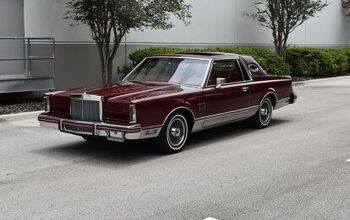
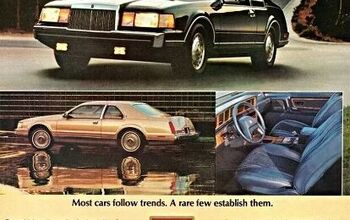
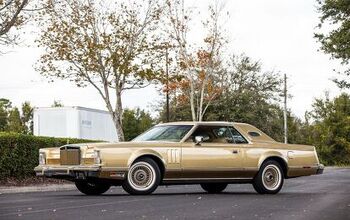


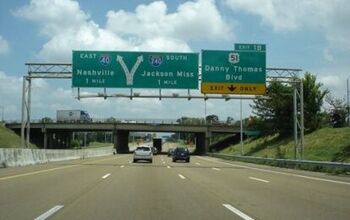
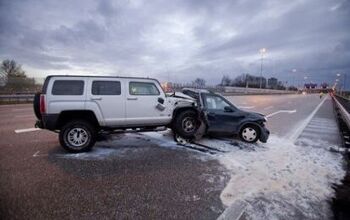



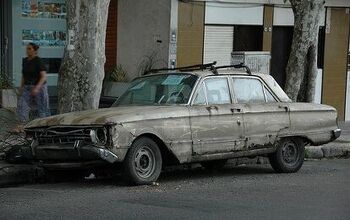

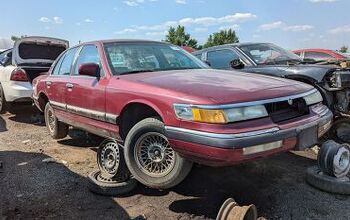
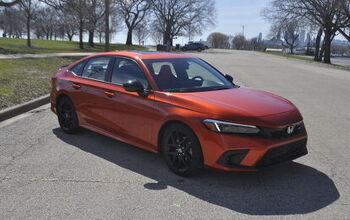

Comments
Join the conversation
I too would appreciate an air cooled VW series having owned 3 different model types.
Ultrasuede, the miracle fabric of the 1980s'. I had almost forgotten that it existed.
One of the brochures pictured notes that inclusion of ABS "a first in the U.S. market". Yet early/mid 1970's Marks had Ford's 'Sure Track' anti-lock braking system. Albeit for the rear brakes only.
As an aside, these Marks are still 'safe to drive', unlike so many 'older' BMW's with their Takata airbags.
Thanks for this series Corey. Great information and some wonderful writing.
I did speak with the owner of the Type III notchback which I mentioned. It has been in his family since new. A true survivor vehicle he intends on handing it down to one of his children.